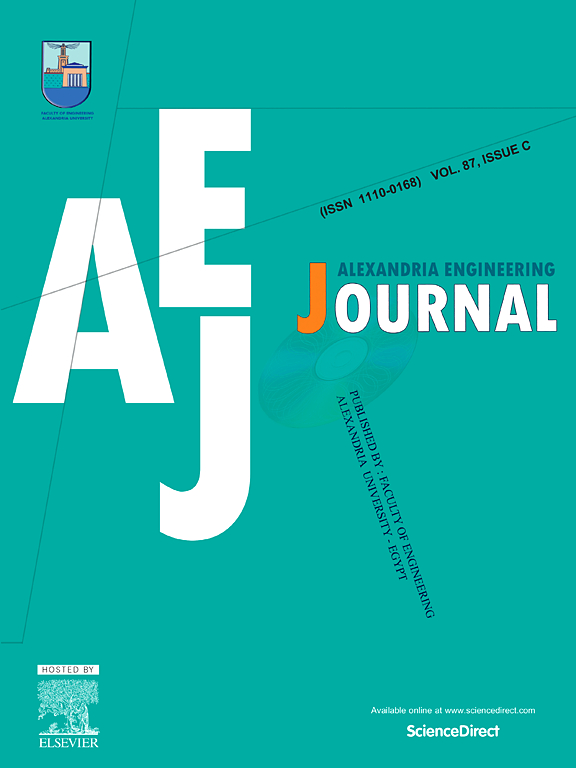Evaluating the utilization of municipal solid waste incineration ash in enhancing ceramsite aerated concrete blocks
IF 6.2
2区 工程技术
Q1 ENGINEERING, MULTIDISCIPLINARY
引用次数: 0
Abstract
In an effort to forge a new pathway for the resourceful utilization of municipal solid waste (MSW) incineration ash, thereby transforming waste into treasure and detriment into benefit, this study investigates the impact of incineration ash on the fundamental properties of expanded clay aggregate aerated concrete blocks. Granular ash and powdered ash were separated from MSW incineration ash. These were then used as replacements for pottery sand and fly ash, respectively, in the production of ceramsite aerated concrete blocks. Replacement ratios were set at 0 %, 10 %, 20 %, 30 %, 40 %, and 50 % of the dry mass proportion. An experimental study was conducted on the product performance indicators of grade CA50.B07 ceramsite aerated concrete blocks at 28 days, including dry density, compressive strength, and thermal conductivity. Furthermore, X-ray diffraction (XRD) and field emission scanning electron microscopy (FESEM) were employed to analyze the micro-material composition and pore structure. The results show that when the replacement rate of granular ash to sand is 20 %, and the replacement rate of powdered ash to fly ash is 10 %, the produced aerated concrete blocks exhibit optimal technical performance while meeting product quality standards. This successfully demonstrates the resource utilization potential of municipal solid waste incineration residues.
求助全文
约1分钟内获得全文
求助全文
来源期刊

alexandria engineering journal
Engineering-General Engineering
CiteScore
11.20
自引率
4.40%
发文量
1015
审稿时长
43 days
期刊介绍:
Alexandria Engineering Journal is an international journal devoted to publishing high quality papers in the field of engineering and applied science. Alexandria Engineering Journal is cited in the Engineering Information Services (EIS) and the Chemical Abstracts (CA). The papers published in Alexandria Engineering Journal are grouped into five sections, according to the following classification:
• Mechanical, Production, Marine and Textile Engineering
• Electrical Engineering, Computer Science and Nuclear Engineering
• Civil and Architecture Engineering
• Chemical Engineering and Applied Sciences
• Environmental Engineering
 求助内容:
求助内容: 应助结果提醒方式:
应助结果提醒方式:


